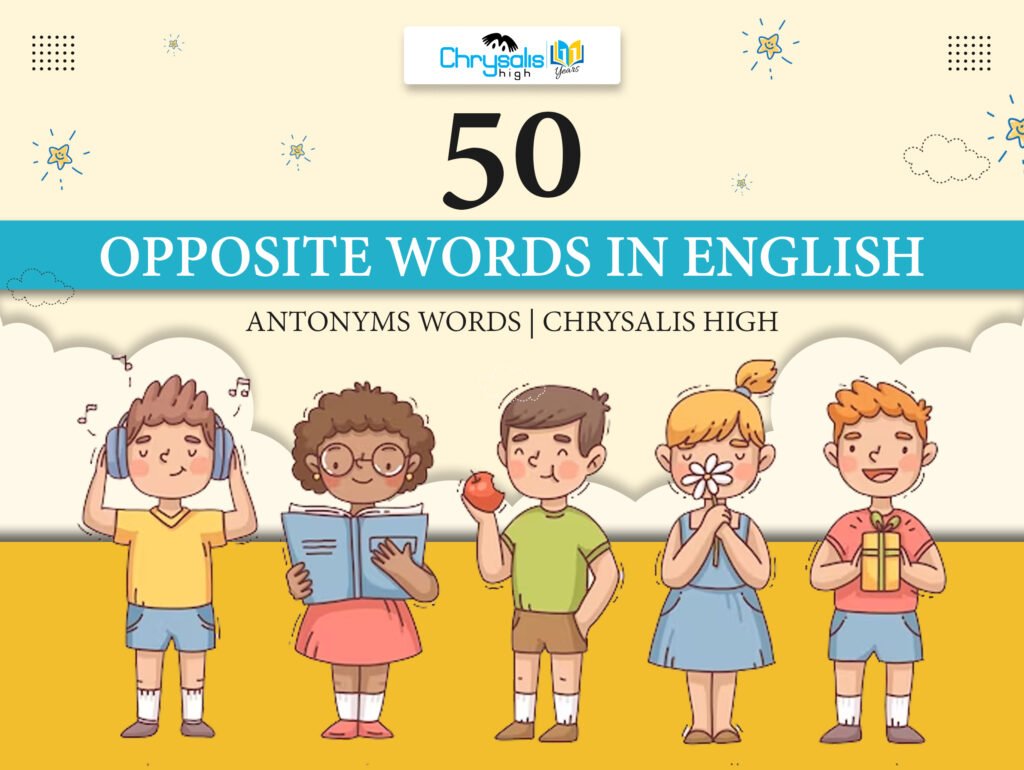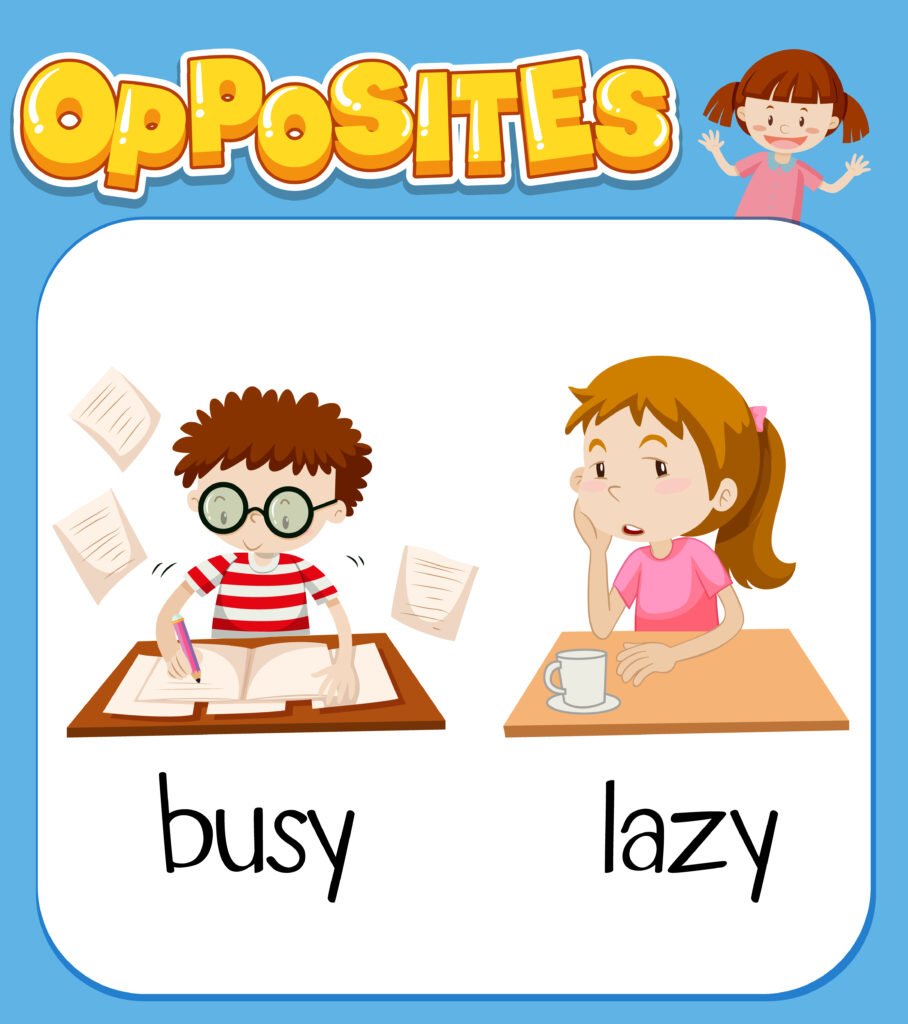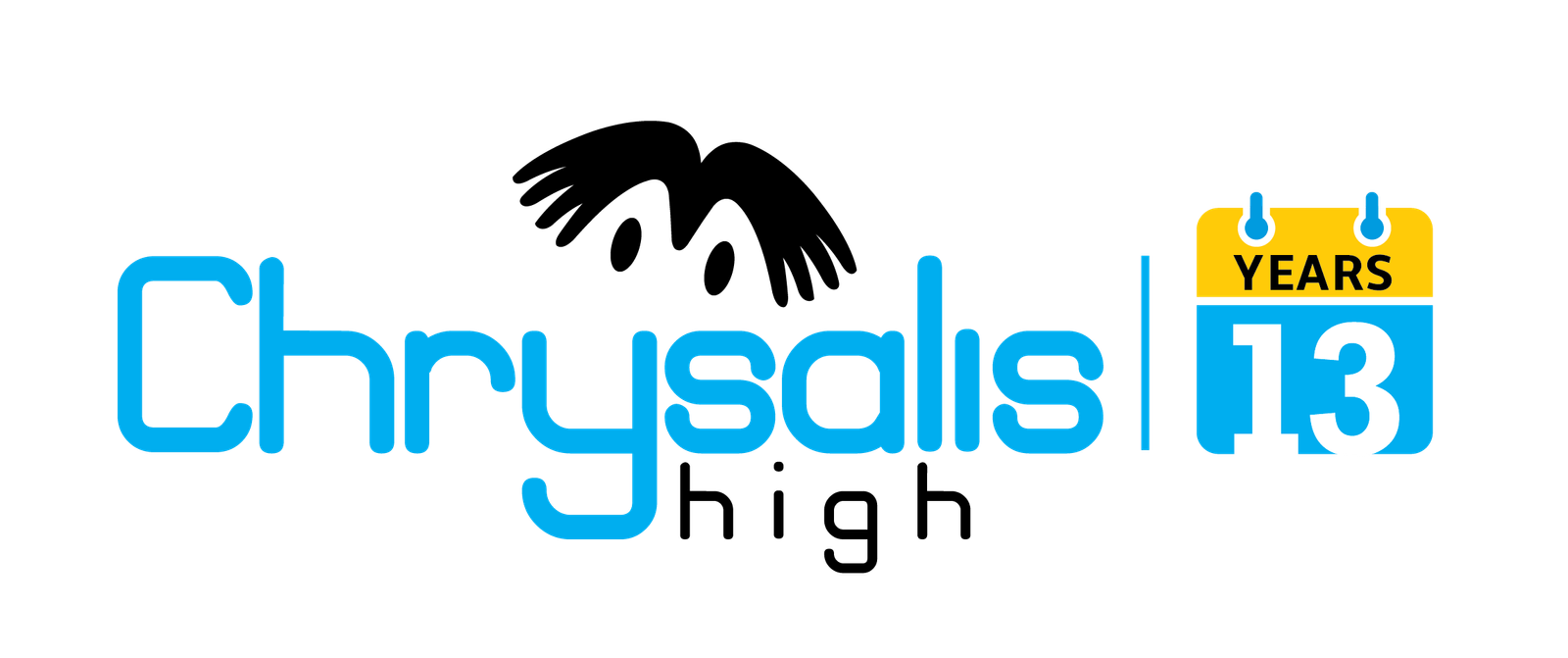
Welcome to a fantastic world of words. In this blog, our task is to bring 50 common opposite words, also known as antonyms, to kids under 10. Words that have opposite meanings to one another are called antonyms. They might sound complicated, but they are super important for kids to learn and understand. This blog will explain why learning antonyms is crucial for kids and how it can help them develop their minds. We will also share a fascinating fact about the power of language and opposites.
Why Learning Antonyms Matters:
- Expanding Vocabulary: Learning antonyms helps kids develop their vocabulary. When they know the opposite of a word, it’s like adding a new word to their collection. For example, if they know hot, they will also understand cold.
- Better Comprehension: Understanding antonyms makes it easier for kids to grasp what they are reading or hearing. If they know happy and sad, they can understand feelings better.
- Improved Communication: Antonyms help kids express themselves better. They can describe things more accurately by using opposite words. For instance, they can say loud instead of not quiet.
- Enhanced Critical Thinking: Learning antonyms encourages kids to think about words and their meanings. It is like a puzzle where they match words with their opposites.
- Building Confidence: As kids learn antonyms, they become more confident in their language skills. They can participate in conversations, stories, and even writing with ease.
What is an Antonym?

An antonym is a word that means the opposite of another word, like “hot” and “cold.” They are like language’s magic tricks, making our words more interesting. Antonyms help us talk and write better. They’re like colourful paint for our language, making it more exciting and expressive. So, learning antonyms is like having secret word superpowers that help us communicate and tell stories in a fun way.
Why Learn Antonyms?
Learning antonyms, or words that mean the opposite of each other, is like discovering a treasure chest of language skills. Here’s why it’s so cool to learn them:
1. Super Word Power: Antonyms give you more words to play with. You can say the opposite of things, making your language more interesting and exciting.
2. Better Storytelling: When you know antonyms, you can create stories that are more fun to listen to.
3. Clear communication: Antonyms help you explain things better. If you have a big, colourful, and happy idea, you can use antonyms to make it clear and exciting for others.
4. Writing Magic: If you are into writing stories or making poems, antonyms make you are writing more colourful and vivid.
5. Smart Talk: When you talk with people, using antonyms shows them you are smart and understand the world of words. You will be a great communicator.
Opposite words list from A to Z
| Letter | Word | Opposite Word | Sentence |
| A | Alive | Dead | The flower is alive. |
| A | Always | Never | I will always be your friend. |
| B | Big | Small | The elephant is big. |
| B | Brave | Scared | He’s brave, not scared. |
| C | Clean | Dirty | Wash your hands they are dirty. |
| C | Come | Go | Let’s come home from the park. |
| D | Dark | Light | Turn on the light it’s dark. |
| D | Day | Night | We play during the day, not at night. |
| E | Easy | Hard | Math can be easy or hard. |
| E | Enter | Exit | Enter through the door, then exit. |
| F | Fast | Slow | The car goes fast, not slow. |
| F | First | Last | You are the first, not the last. |
| G | Good | Bad | Being good is better than being bad. |
| G | Give | Take | I will give you a gift you can take it. |
| H | Happy | Sad | Smiling makes you happy, not sad. |
| H | Hot | Cold | Ice cream melts when it’s hot, not cold. |
| I | In | Out | You are in the room, but I’m out. |
| I | Inside | Outside | Play inside the house, not outside. |
| J | Joy | Sorrow | Winning brings joy, not sorrow. |
| J | Join | Separate | Let’s join hands, not separate. |
| K | Kind | Mean | Be kind to others don’t be mean. |
| K | Known | Unknown | That’s a known fact, not an unknown one. |
| L | Laugh | Cry | When you are happy, you laugh, not cry. |
| L | Love | Hate | Love is better than hate. |
| M | More | Less | I want more candy, not less. |
| M | Many | Few | There are many apples, not a few. |
| N | New | Old | Your toy is new mine is old. |
| N | Near | Far | The park is near, not far. |
| O | Open | Close | Please open the door, then close it. |
| O | Out | In | Go out to play and come back in. |
| P | Push | Pull | Push the door, then pull it. |
| P | Pretty | Ugly | Flowers are pretty, not ugly. |
| Q | Quiet | Loud | The library is quiet, not loud. |
| Q | Quick | Slow | A rabbit is quick, not slow. |
| R | Run | Walk | Kids like to run and walk. |
| R | Right | Left | Turn right, not left, at the corner. |
| S | Smart | Dumb | Studying makes you smart, not dumb. |
| S | Start | End | Start the race first at the end. |
| T | Tall | Short | The tree is tall the bush is short. |
| T | True | False | Telling the truth is true, not false. |
| U | Up | Down | Balloons go up, then come down. |
| U | Under | Over | The cat hides under the table, not over. |
| V | Victory | Defeat | Winning the game is a victory, not defeat. |
| V | Visible | Invisible | The stars at night are visible during the day, they are invisible. |
| W | Wet | Dry | After the rain, the ground is wet, but it dries. |
| W | Win | Lose | In sports, we aim to win, not lose. |
| X | Xtra | Less | Some kids have extra snacks, while others have less. |
| Y | Yes | No | Can I have ice cream? Yes or no? |
| Y | Young | Old | Kids are young grandparents who are old. |
| Z | Zero | Many | Zero means none, while many mean a lot. |
Best Way to Teach Antonyms to Kids
Teaching antonyms to kids can be loads of fun while helping them become word wizards. Here are some simple and effective strategies:
Pair It Up:
Start with simple word pairs like “happy” and “sad.” Kids love to discover opposites.
Use Fun Visuals:
Show pictures of opposite words like a big sun and a small moon. It helps them understand better.
Play Games:
Games like “Opposite Charades” or “Antonym Bingo” make learning exciting.
Storytime Fun:
Read books with antonyms and discuss them together. It is an excellent way to explore language.
Daily Conversations:
Use antonyms in everyday talks. Ask questions like, “Is it a hot or cold day?” It builds vocabulary naturally.
Creative Writing:
Encourage kids to write stories or poems using antonyms. This sparks their creativity.
Opposite Art:
Create art projects where they draw or paint opposites. For example, a tall tree and a short flower.
Educational Apps:
Some apps are designed for learning antonyms while playing games. They can be a great help.
Role-Play:
Act out scenes using opposite words. Let your child be the “fast” superhero and you the “slow” villain.
Real-Life Examples:
Point out antonyms in daily life, like the “open” and “closed” signs on a door.
Where to Use Antonyms:
- Storytelling: In stories, use antonyms to make characters and events more interesting. For example, “The brave knight faced a fierce dragon.”
- Descriptions: Encourage kids to describe things using antonyms. Instead of saying “big,” they can say “huge” or “tiny.”
- Comparisons: Teach them to compare things with antonyms. “Your ice cream is cold, and mine is hot.”
- Poetry: Poems benefit from the use of antonyms. One example is “The bright sun dances with the night.”
FAQ’s
1. Are there any fun activities to teach kids opposite words?
Yes, you can play “Opposite Charades” where kids act out the opposite of a word for a fun and educational game.
2. Can you recommend books or resources for teaching antonyms to kids?
Great books for teaching antonyms to kids include “My First Opposites” and “Opposites” by Sandra Boynton.
3. How can I assess my child’s understanding of opposite words?
Assess your child’s understanding of opposite words by asking them to match antonyms, use them in sentences, or play quizzes related to antonyms.
To conclude, learning antonyms enriches children’s vocabulary, enhances comprehension, and fosters effective communication and critical thinking skills. This exploration into the fascinating world of opposite words not only bolsters linguistic abilities but also prepares young minds for more complex language use. For more insights on enhancing your child’s learning experience and to explore our educational philosophy, visit Chrysalis High.


